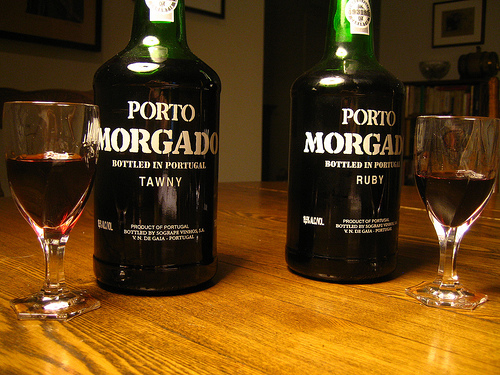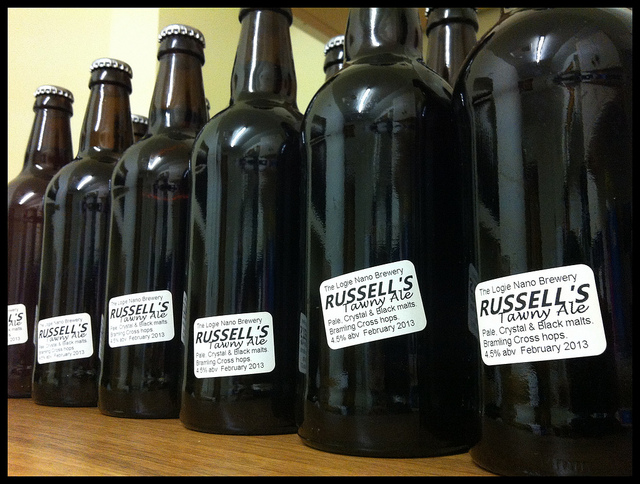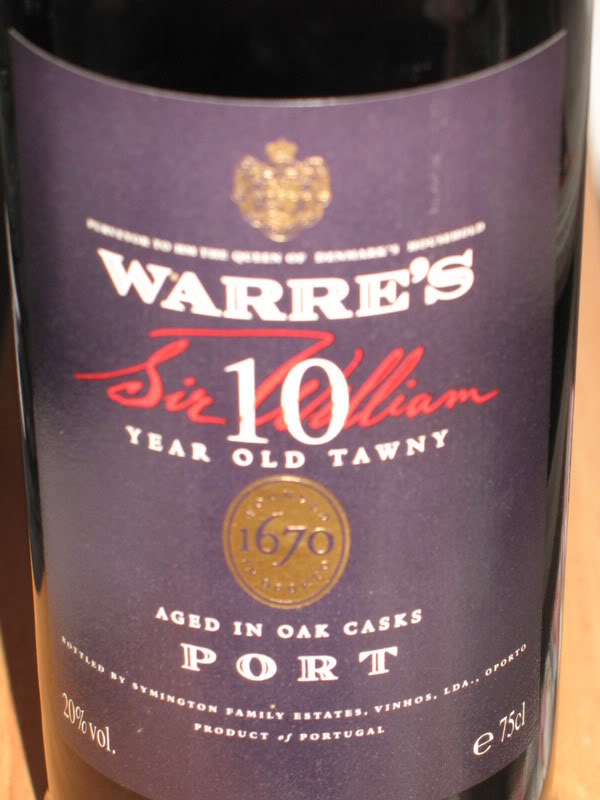Difference Between Tawny and Port

Port wine or simply Port and Tawny are two different wine types which are often confused to be the same because of a number of similarities between them. However, this common misconception can be overruled by studying differences between the two wine types.
Wine produced in Douro Valley of Portugal is strictly known as Port just like Cognac, a name given to wine produced in France and Tequila, a name given to wine produced in Mexico. On the other hand, there is no such restriction or convention in case of Tawny.
The major difference between Port and Tawny is the time each takes to age before being ready for consumption. Under normal circumstances, Tawny ages for about 2 years in wooden barrels. However, the same is not true in case of Port wine which can age for 10, 20, 30 or even 40 years in wooden barrels.
Moreover, wine in Douro Valley is aged in two different ways; reductive and oxidative ageing. When wine is aged in wooden barrels (oxidative ageing) instead of glass bottles (reductive aging), the resulting wine is called Tawny. This makes Tawny just a subtype of Port wine.
Last, but not the least, worldwide popularity is another difference between the two wine types. Popularity trends reveal that in almost all parts of the world, Tawny is more popular as compared to Port wine.
Instructions
-
1
Tawny:
Wine made specifically from red grapes and aged in wooden barrels is called Tawny or Tawny Port. Because Tawny is aged in wooden barrels, it is generally mellow to a golden-brown in colour. The flavour of this wine type is ‘nutty’, again due to aging in wooden barrels for an extended period of time.
Image courtesy: flickr.com
-
2
Port:
Port is a wine produced in Portugal. It is also known as Vinho do Porto in Portugese language. Generally, Port wine is served as a dessert; it is red in colour. Port wine comes in a number of different types such as dry, semi-dry, and white.
Image courtesy: cigarpass.com







